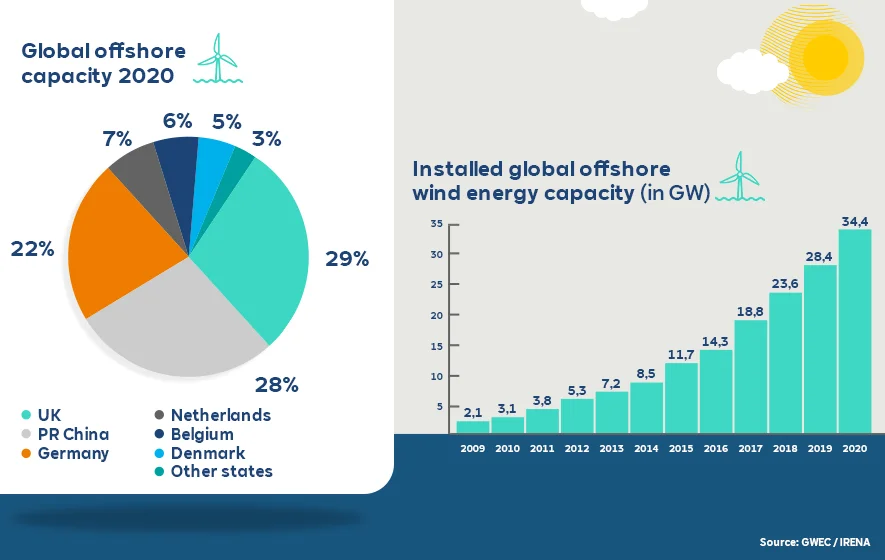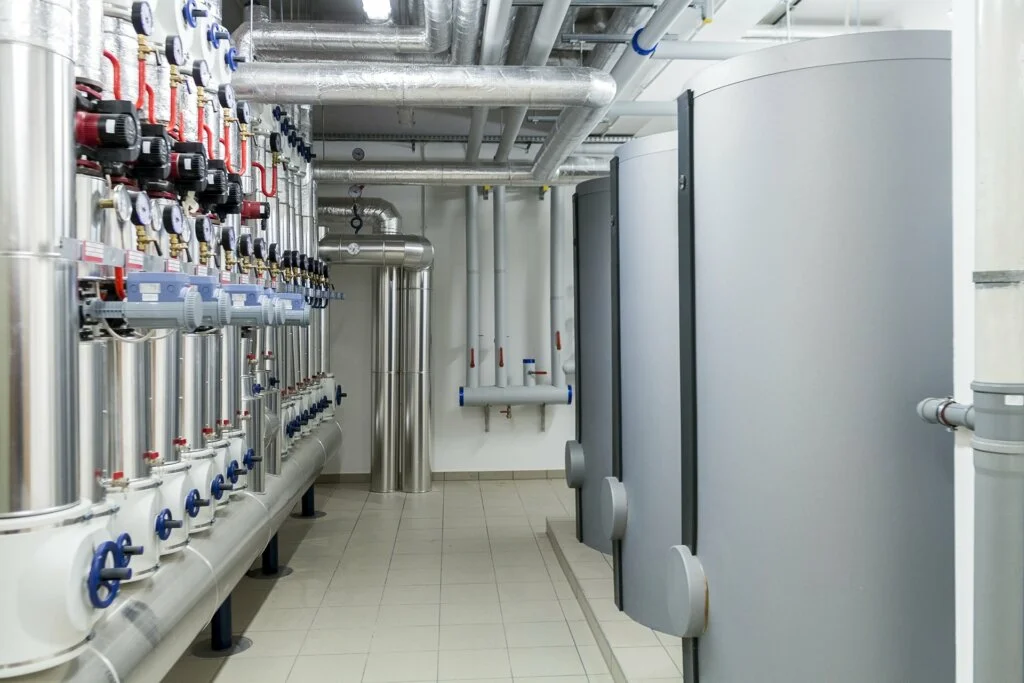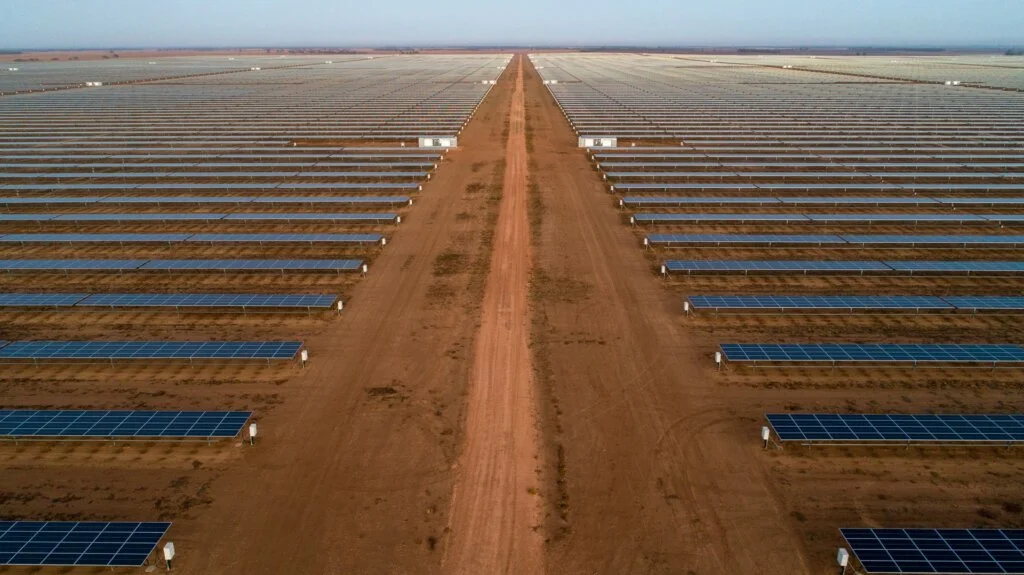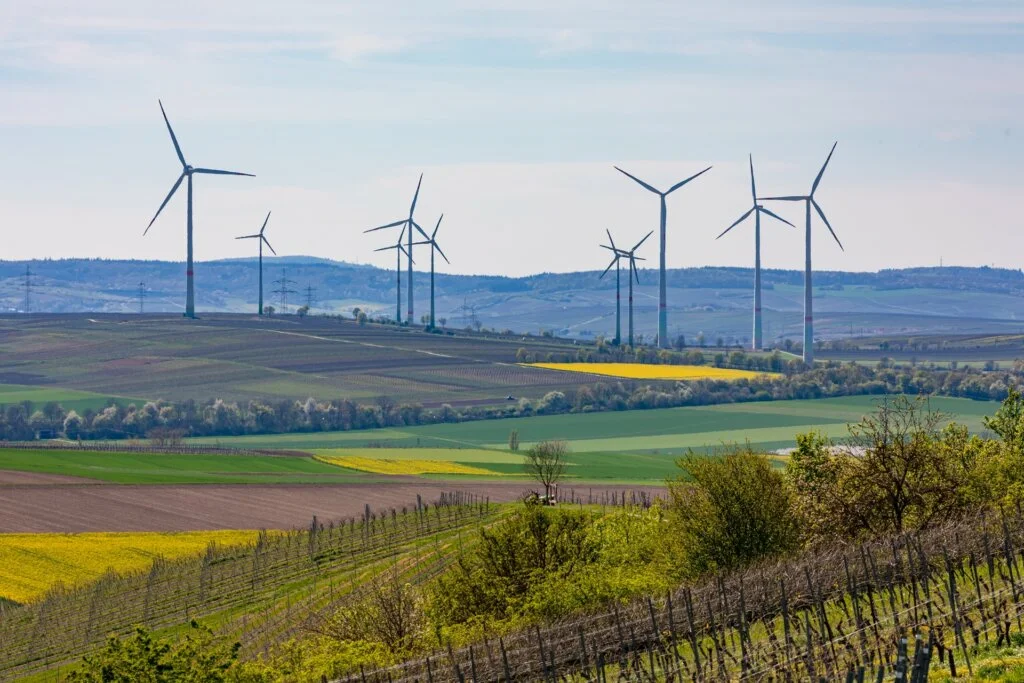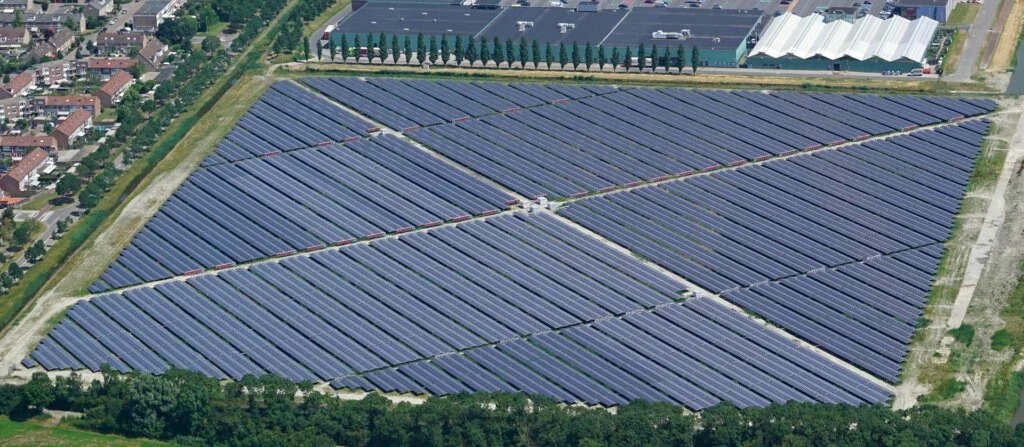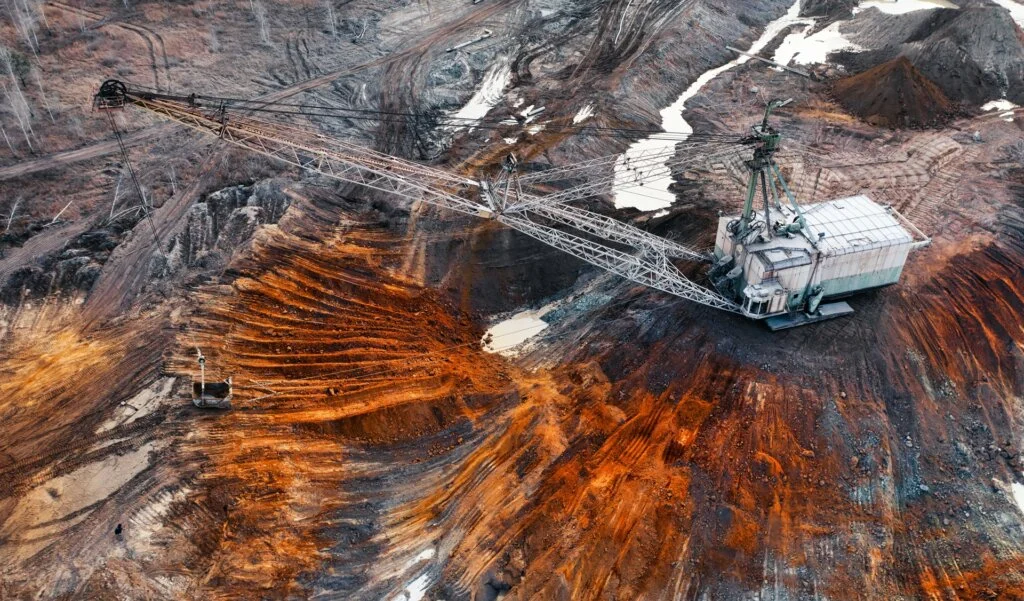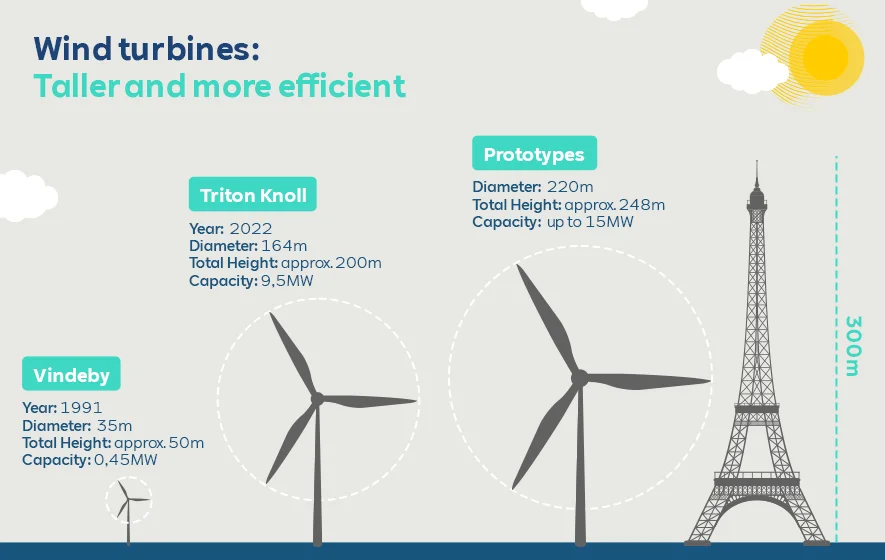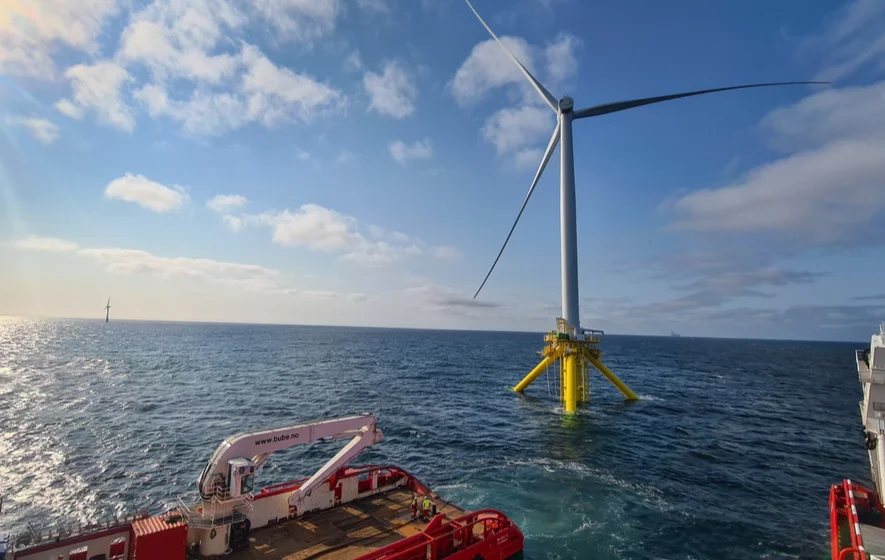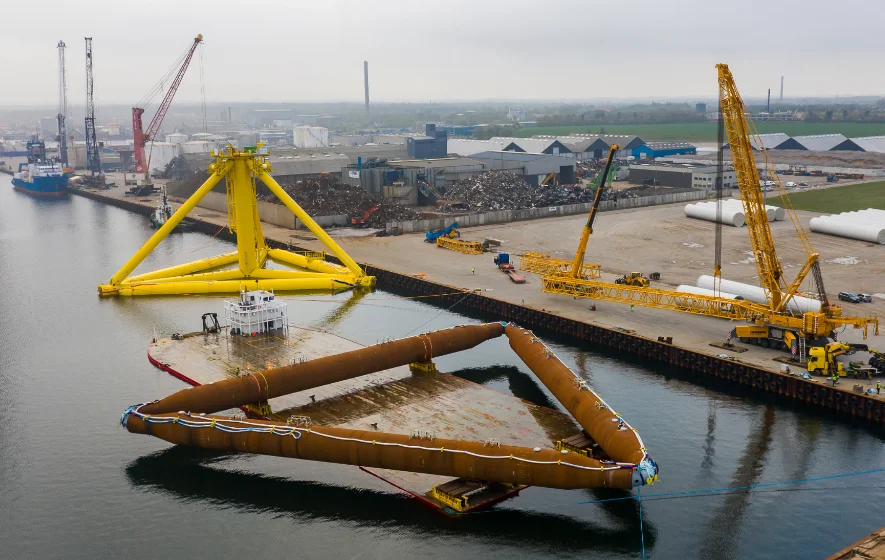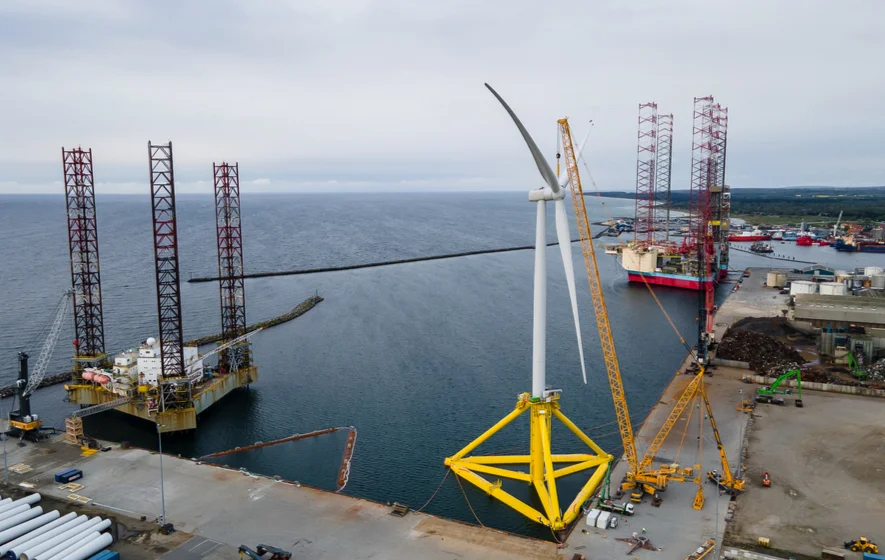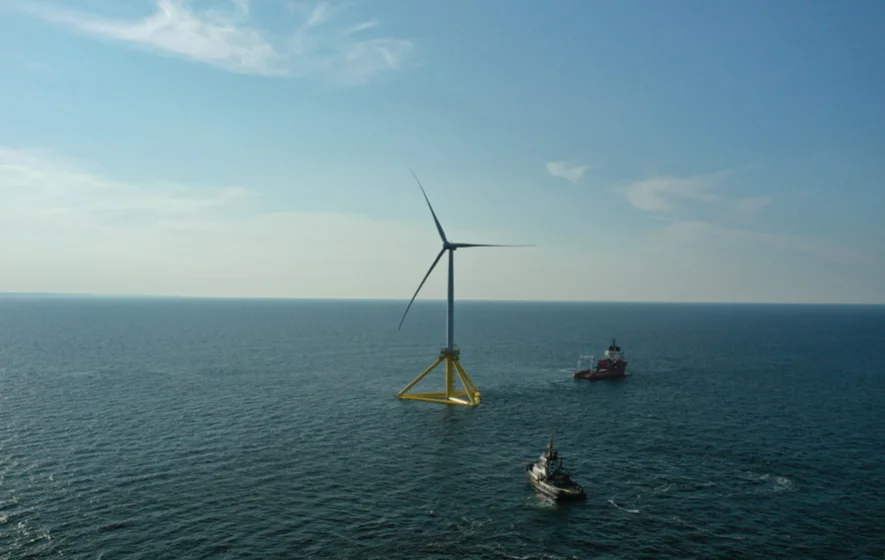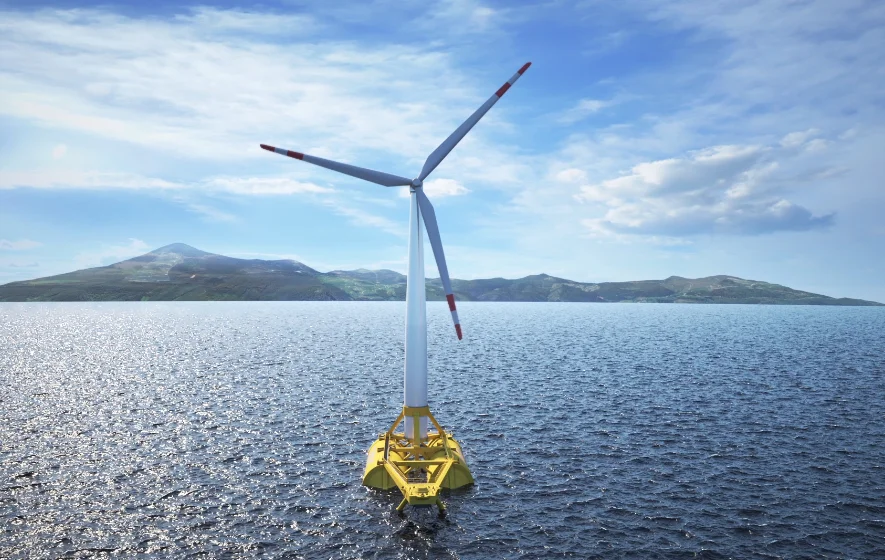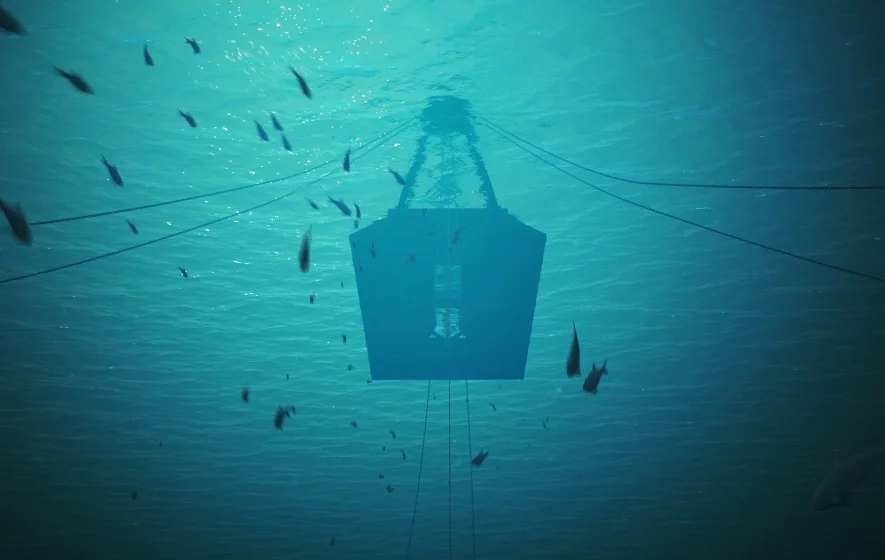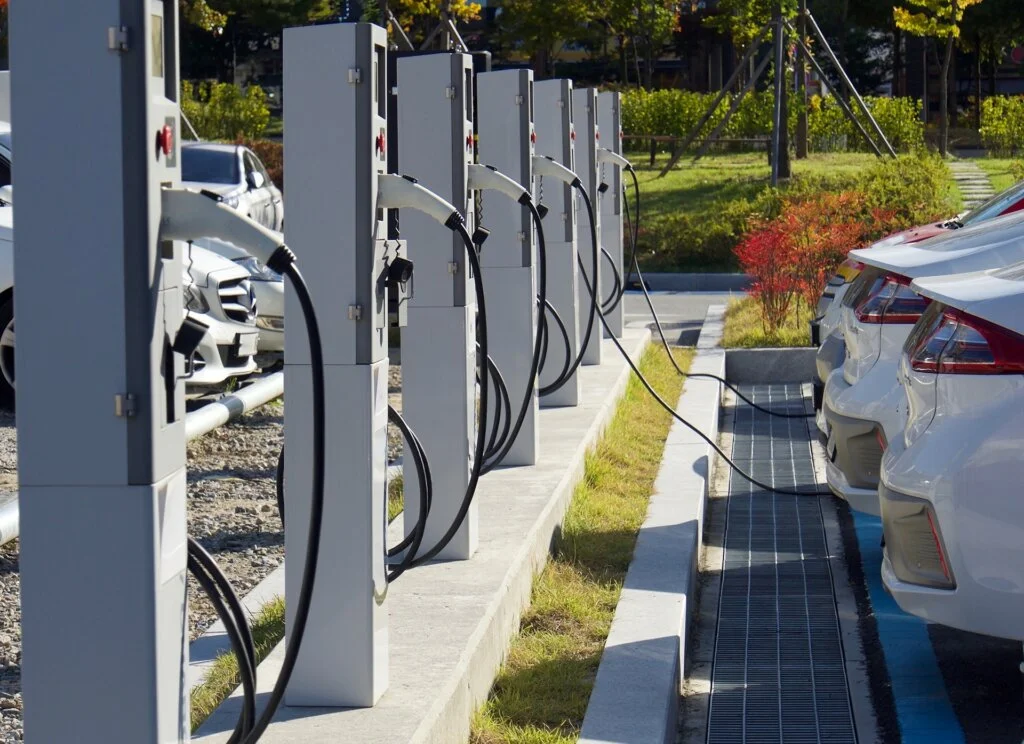
Offshore wind: Clean power harvested at sea
Wind is one of the most powerful natural forces in the world, making it a potent source of green energy. The basic principle: gusts of wind set rotor blades in motion, which in turn drive a generator. The electricity generated in this way is subsequently fed into the grid. Wind turbines on land and off the coast technically work in the exact same way – they mainly differ in how they are installed, connected to the grid, and serviced. Wind power in general is one of the fastest growing technologies for producing renewable energy and is gaining traction in power generation around the world.
Why wind turbines off the coast are such a no-brainer
Wind conditions are particularly good at sea. Offshore, the wind is more consistent and wind speeds are significantly higher than on the mainland. For this reason, offshore wind turbines can produce twice as much electricity as comparable turbines on land and can generate eco-friendly power for significantly more than 90 percent of the year. Wind farms on the open sea are therefore highly reliable, allowing them to take on a pivotal role in the energy transition.
Which countries are relying on offshore wind energy
Comparatively, offshore wind turbine technology is still in its infancy: the first British wind farm Blyth Offshore, for example, was only connected to the grid in 2000, while Germany’s first wind farm, Alpha Ventus, went online in 2010. Large operational commercial offshore wind farms have thus far been few and far between. European countries with their own fleets include Great Britain – which boasts the largest offshore market worldwide – Germany, the Netherlands, Belgium, Denmark, and Sweden. The only notable offshore capacities located outside Europe are in the People’s Republic of China and the island state of Taiwan, which operates two commercial wind farms. Due to a massive surge over the last five years, the People’s Republic of China has grown to become the second-largest offshore market in the world.
Current articles on the topic of wind energy
Where offshore wind is set to gain traction moving forward
In future, offshore wind power will continue to surge worldwide, making an important contribution to electricity supply in many countries: plans for offshore wind farms are either in motion or are already being acted upon in the USA, South Korea, Japan as well as many European nations such as Poland, Spain and France. In the EU alone, offshore wind energy capacity is set to grow from its current level of 12 gigawatts (GW) to at least 60 GW by 2030 – in other words, it is projected to increase more than fivefold within a decade.
Europe's offshore expansion plans
Click on the highlighted countries to learn more
14.594
MW45.406 MW
60.000
MW2020.
. 2030
12
MW8.788 MW
8.800
MW2020.
. 2028
7.728
MW12.272 MW
20.000
MW2020.
. 2030
0
MW11.000 MW
11.000
MW2020.
. 2030
0
MW700 MW
700
MW2020.
. 2030
0
MW 700-
1000 MW
700-
1000
2020.
. 2030
0
MW 700-
1000 MW
700-
1000
2020.
. 2030
71
MWno official
expansion targets
2020.
. 2030
192
MWno official
expansion targets
2020.
. 2030
2
MW3.498 MW
3.500
MW2020.
. 2030
1.703
MW6.797 MW
8.500
MW2020.
. 2030
25
MW4.975 MW
5.000
MW2020.
. 2030
10.206
MW29.794 MW
40.000
MW2020.
. 2030
2.611
MW8.889 MW
11.500
MW2020.
. 2030
2.262
MW1.738 MW
4.000
MW2020.
. 2030
Why wind turbines are getting bigger and more powerful
The first offshore wind turbine had an output of 450 kilowatts or 0.45 megawatts (MW). It belonged to the world’s first wind farm, Vindeby off the coast of Denmark, which went into operation in 1991 and consisted of eleven wind turbines (add name). Just 30 years later, a single turbine, the type of which is installed at RWE’s Triton Knoll wind farm, boasts a capacity of 9.5 MW, which is more than Denmark’s entire initial wind farm – meaning output has increased more than twentyfold. This is possible due to the fact that turbines have since grown in size and become more efficient. The rotor diameter of the first offshore wind turbine, for example, was 35 metres, while the overall structure stood just over 50 metres tall. The current generation, on the other hand, reach rotor diameters of more than 164 metres and extend 200 metres into the sky. And it doesn’t stop there. State-of-the-art prototypes are able to achieve outputs of 15 MW with rotor diameters of more than 220 metres. By way of comparison: the Eiffel Tower in Paris stands 300 metres tall.
Innovation opens up a world of possible areas of application
Renewable energy technology is coming along leaps and bounds – not least in the field of offshore wind power. This not only means that the turbines are becoming more and more cost-efficient, but also that they can be used in areas which have thus far evaded installation due to challenging conditions on site.
Floating offshore
Fixed-foundation wind turbines are only economical at depths of up to 60 metres. But on many coasts, such as those in Asia and America for example, the seabed drops abruptly. Companies such as RWE are therefore trialling turbines with buoyant foundations, which are anchored to the seabed with mooring chains and lines, known as floating offshore wind turbines. One day they could be used to make new regions suitable for wind energy harvesting.
Progress in installation and maintenance
In addition to floating technology, project developers and scientists are also coming up with new ways to make offshore wind energy even more efficient and eco-friendly. RWE, for example, is using a new method for installing offshore foundations that produces significantly less noise. Other exciting innovations include a new generation of floating crane ships, an automatic hoisting system and autonomous monitoring vessels.
Efficient power transmission
In order to transmit the electricity generated at sea to consumers, offshore wind farms are connected to their respective power grids via converter platforms. Grid operators use these offshore wind farm cables to network national electricity grids. Hybrid or multi-purpose interconnectors will make offshore wind even more efficient.
Hydrogen from the ocean
It may still sound like something from a science fiction flick, but companies are actually working on producing green hydrogen directly at sea. Power from the wind turbine is used for the electrolysis of green hydrogen, which is thought to be a crucial building block for driving the decarbonisation of industry and transport. One of two projects of note is the AquaVentus initiative, which has set its sights on producing up to one million tonnes of hydrogen annually through offshore wind electrolysis in the German North Sea by 2035. To make this happen, RWE, Shell, Gasunie and Equinor have signed a memorandum of understanding to solidify their intent to cooperate on this project. In addition, Denmark plans on building large offshore wind farms and artificial islands which will carry electrolysis plants.
Faster expansion needed
Experts agree that offshore wind energy must expand significantly in order to achieve global climate goals. In comparison to onshore wind energy, there are significantly fewer conflicts of interest, and the turbines promise to yield more power.
Expansion in Europe
Much of Europe has therefore adopted ambitious targets for expanding offshore wind capacity by 2030. Poland, the Baltic states and also France, to name a few, are planning on building wind farms – some of which are under construction. Within Europe, Great Britain has probably set itself the most ambitious targets, which necessitate the expansion of the nation’s existing wind farms.
Map of European offshore wind farms
More than 5,500 wind turbines produce green electricity off the coasts of Europe. By the end of 2021, offshore capacity was already exceeded 26 GW. And more and more wind farms are being built. The European association WindEurope presents all European offshore projects in an interactive map. This shows both the wind farms connected to the grid and those still under construction.
Expansion in the USA
Although Europe will remain a key frontier in offshore wind energy expansion, it is not the only area of interest. The USA, for one, is looking to install 30 GW of capacity by 2030. Given the lack of operational wind turbines off the US coast, this looks to be an extremely ambitious plan for a nation with a combined capacity of no more than 42 MW.
Expansion in Asia
The People’s Republic of China is likely to grow into the world’s largest offshore market. Other Asian countries are also driving the development of offshore wind power on a commercial scale. Japan wants to build ten GW of offshore capacity by 2030, South Korea seven GW and Taiwan 5.7 GW by as early as 2025.
